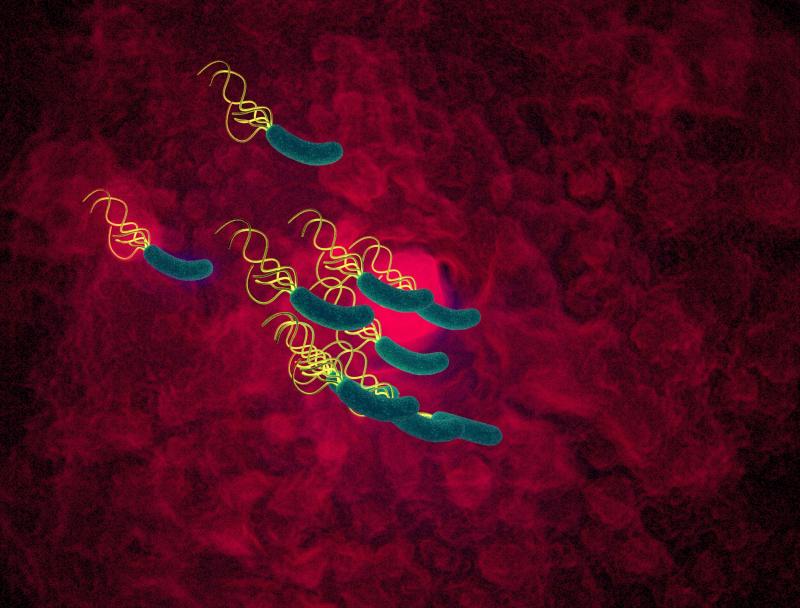
The 10-day concomitant nonbismuth quadruple regimen for the treatment of Helicobacter pylori infection remains the most efficient strategy as compared with the 14-day therapy, results of a Greek study have shown.
A total of 364 patients with newly diagnosed H. pylori infection were randomly assigned to receive either a 10-day or a 14-day concomitant nonbismuth quadruple therapy. The investigators assessed the treatment outcome using C13-urea breath test and/or histology at least 4 weeks after therapy. They also performed intention-to-treat and per-protocol analyses of the eradication rates. Secondary outcomes were patient adherence, safety, and the impact of prior antibiotic exposure in treatment efficacy.
The intention-to-treat analysis revealed comparable overall eradication rates for the 10- and 14-day treatments (87.9 percent vs 87.4 percent; p=1.000). In the per-protocol analysis, the corresponding rates were 93 percent and 94.1 percent (p=0.859). Compliance rates were excellent in both treatment arms (99.5 percent for the 10-day vs 96.2 percent for the 14-day strategy; p=0.067).
Few serious adverse events that led to the discontinuation of both regimens were reported, with no statistical difference between the two groups (0.5 percent in the 10-day vs 2.2 percent in the 14-day group; p>0.05). In terms of treatment efficacy, previous antibiotic exposure was not significant.
“In Greece, a region with >20-percent clarithromycin resistance where bismuth is unavailable, the 10-day quadruple concomitant scheme has already been adopted as the accepted first-line H. pylori eradication treatment,” the investigators noted.